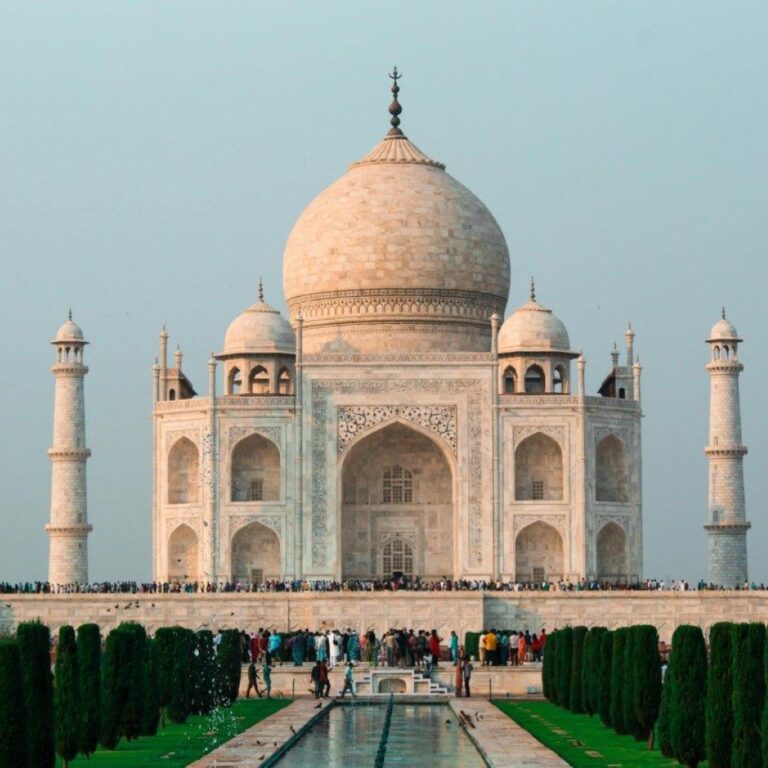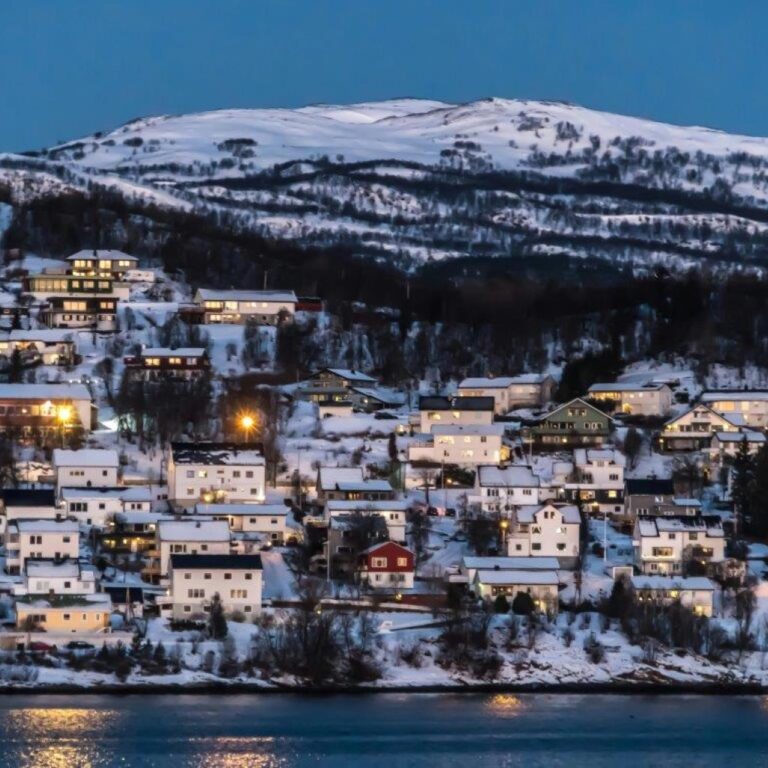Christ the Redeemer, or Cristo Redentor in Portuguese, stands at 30 meters (98 feet) tall, with an additional 8-meter (26-foot) pedestal, making it a total of 38 meters (125 feet) high.
The statue's arms stretch 28 meters (92 feet) wide, symbolizing peace and welcoming people from all over the world.
Christ the Redeemer is located at the peak of the 700-meter (2,300-foot) Corcovado Mountain in the Tijuca Forest National Park, offering panoramic views of Rio de Janeiro.
The idea for the statue was first proposed in the mid-1850s by a Vincentian priest named Pedro Maria Boss, but it wasn't until the 1920s that the project gained momentum.
Construction of the statue began in 1922 and was completed in 1931, taking nine years to build.
The statue was designed by Brazilian engineer Heitor da Silva Costa and sculpted by French artist Paul Landowski.
Christ the Redeemer is made of reinforced concrete and covered in thousands of triangular soapstone tiles, which were chosen for their durability and ease of use.
The statue weighs approximately 635 metric tons, with each arm weighing about 88 metric tons.
In 2007, Christ the Redeemer was named one of the New Seven Wonders of the World, recognizing its cultural and historical significance.
The statue is illuminated at night, creating a breathtaking sight visible from various parts of Rio de Janeiro.
Visitors can reach the statue by a combination of train and elevator or by climbing over 200 steps from the base of the mountain.
Christ the Redeemer has become a symbol of Christianity and a cultural icon for both Brazil and the world.
The statue has been struck by lightning multiple times, most notably in 2008 and 2014, causing damage to the fingers and head, which required repairs.
Christ the Redeemer is often used as a backdrop for significant events and celebrations in Rio de Janeiro, including sports competitions and religious festivals.
The site attracts nearly 2 million visitors each year, making it one of the most popular tourist destinations in Brazil.


